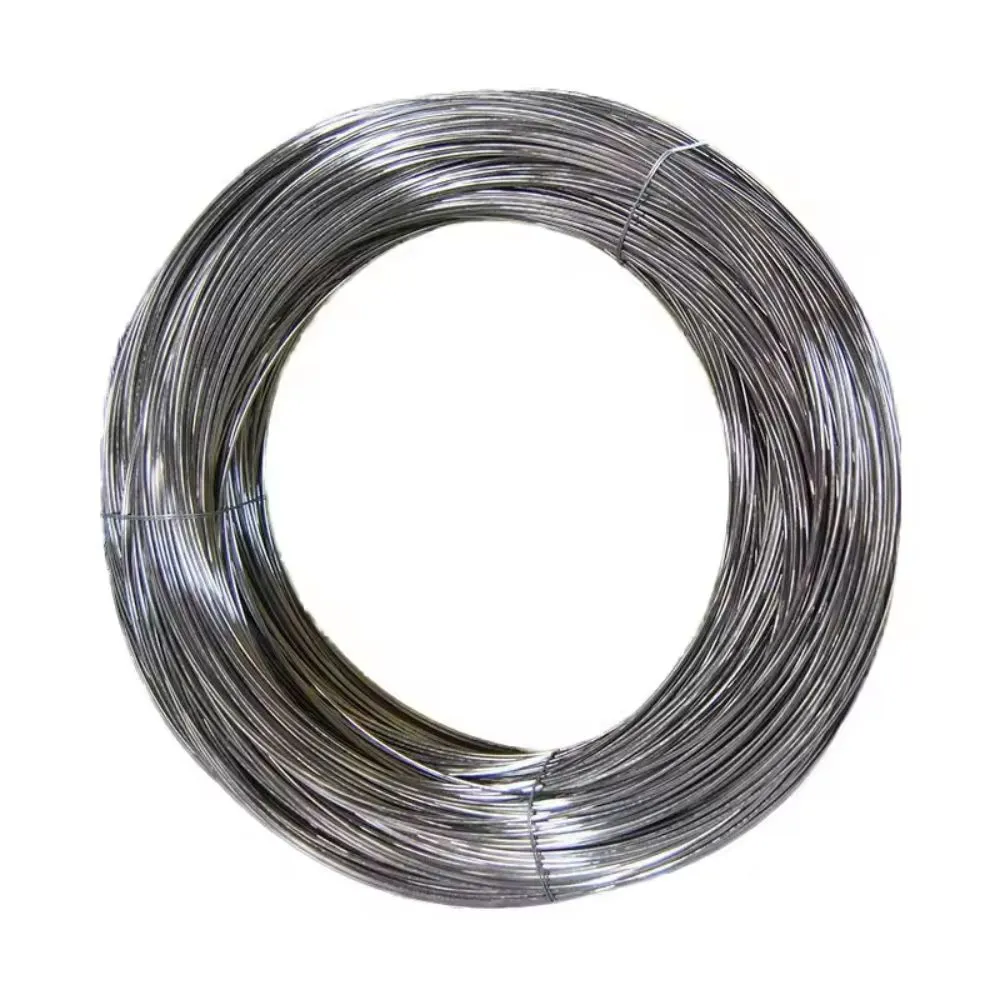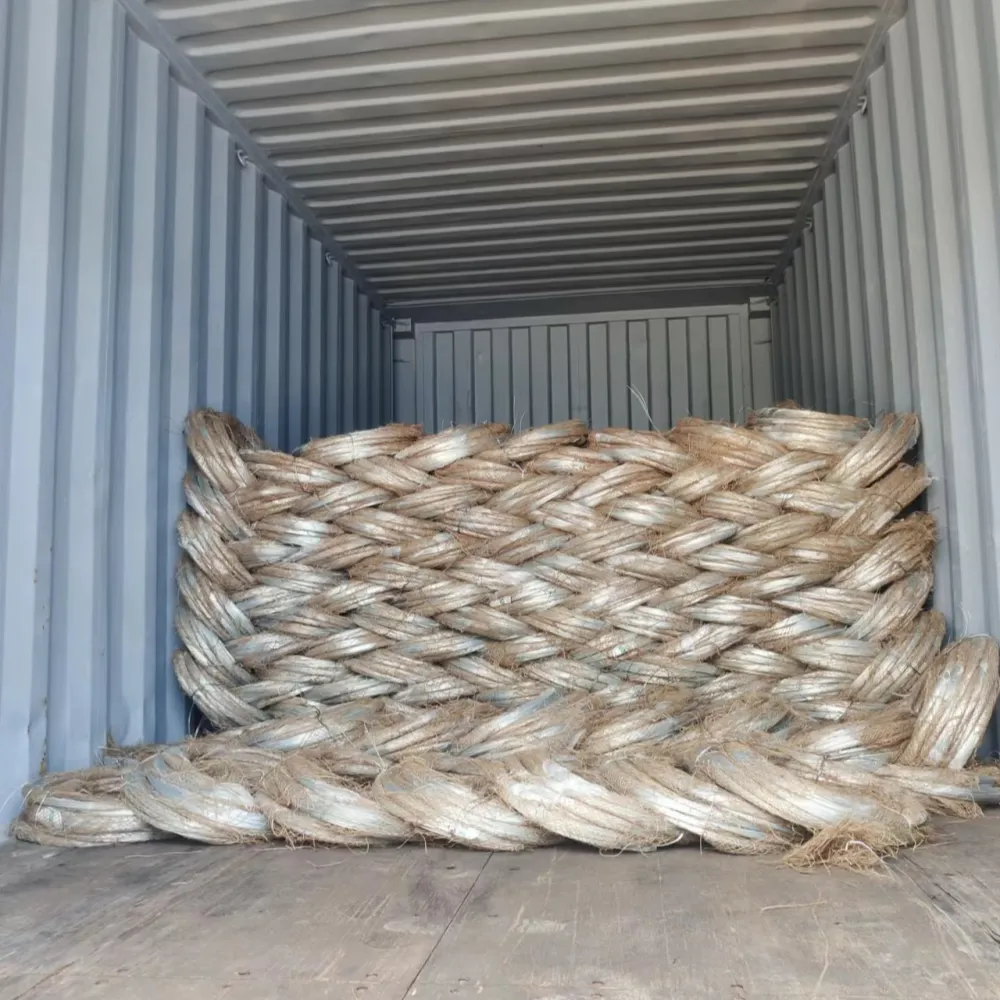Jan . 28, 2025 05:02
Back to list
Welded Wire Mesh
Welded wire mesh has become an integral component in modern construction and industrial projects due to its versatility and strong structural properties. To leverage its full potential, it’s crucial to understand the specifications and technical nuances that make this product highly effective and widely applicable.
The welding method used to produce the mesh significantly impacts its performance characteristics. Automated welding ensures precision and uniformity across the entire mesh structure. This uniformity is essential for maintaining consistent strength and stability across all areas, making it reliable under various stresses. Manual welding, though less common, can offer custom solutions for specialized applications that require tailored specifications. Quality certification is an additional measure of the authoritative nature of welded wire mesh. When purchasing, it’s vital to look for products that meet or exceed industry standards such as ASTM (American Society for Testing and Materials) or ISO (International Organization for Standardization) certifications. These specifications ensure the mesh has been manufactured to rigorous quality standards and will perform reliably under specified conditions. Understanding the practical applications of welded wire mesh is also integral to leveraging its full benefits. It is prominently used in reinforcing slabs and walls, contributing to increased stability and reduced cracking. Additionally, it serves an essential role in constructing cages, partitions, grates, and enclosures due to its robust and flexible nature. Industrial projects frequently incorporate welded wire mesh in conveyor belts and machine guards, where its strength and safety assurance are highly valued. Sourcing welded wire mesh from reputable suppliers significantly impacts the end result of a project. Trusted suppliers often provide comprehensive product documentation, along with technical support, to guide appropriate usage and specification understanding. Establishing long-term relationships with these suppliers can enhance project efficiency and product appropriateness, contributing to overall success. In conclusion, the specific attributes of welded wire mesh, such as wire gauge, mesh opening size, material choice, and welding method, all play pivotal roles in determining the most suitable product for any given project. Combining quality certifications and reliable suppliers with a clear understanding of welded wire mesh specs will ensure products meet stringent demands and contribute to project longevity and success. Investing in the right specifications can ultimately offer enhanced safety, performance, and cost-effectiveness, affirming the enduring value of this versatile material.


The welding method used to produce the mesh significantly impacts its performance characteristics. Automated welding ensures precision and uniformity across the entire mesh structure. This uniformity is essential for maintaining consistent strength and stability across all areas, making it reliable under various stresses. Manual welding, though less common, can offer custom solutions for specialized applications that require tailored specifications. Quality certification is an additional measure of the authoritative nature of welded wire mesh. When purchasing, it’s vital to look for products that meet or exceed industry standards such as ASTM (American Society for Testing and Materials) or ISO (International Organization for Standardization) certifications. These specifications ensure the mesh has been manufactured to rigorous quality standards and will perform reliably under specified conditions. Understanding the practical applications of welded wire mesh is also integral to leveraging its full benefits. It is prominently used in reinforcing slabs and walls, contributing to increased stability and reduced cracking. Additionally, it serves an essential role in constructing cages, partitions, grates, and enclosures due to its robust and flexible nature. Industrial projects frequently incorporate welded wire mesh in conveyor belts and machine guards, where its strength and safety assurance are highly valued. Sourcing welded wire mesh from reputable suppliers significantly impacts the end result of a project. Trusted suppliers often provide comprehensive product documentation, along with technical support, to guide appropriate usage and specification understanding. Establishing long-term relationships with these suppliers can enhance project efficiency and product appropriateness, contributing to overall success. In conclusion, the specific attributes of welded wire mesh, such as wire gauge, mesh opening size, material choice, and welding method, all play pivotal roles in determining the most suitable product for any given project. Combining quality certifications and reliable suppliers with a clear understanding of welded wire mesh specs will ensure products meet stringent demands and contribute to project longevity and success. Investing in the right specifications can ultimately offer enhanced safety, performance, and cost-effectiveness, affirming the enduring value of this versatile material.
Share
Next:
Latest news
-
Space-Saving Chain Fence Hacks Vertical Gardening with Cyclone MeshNewsJul.16,2025
-
Innovations in Iron Nail Wire Production for Modern ConstructionNewsJul.16,2025
-
Creative Uses of Wire Netting Fence in Modern Landscape DesignNewsJul.16,2025
-
Barbed Wire Fence Innovations in Anti-Climb TechnologyNewsJul.16,2025
-
Architectural Uses of Umbrella Nails for Aesthetic Roof DesignsNewsJul.16,2025
-
Architectural Uses of Razor Barbed Wire in Secure Urban DesignNewsJul.16,2025




